Political Dissent, Puritans, and the Use of Linen
By Lisette BC Abbott
Let me ask you a question: what do you think of when you’re dressing in the morning? Do you think of whether or not your outfit matches? Or whether or not it becomes you? Or whether or not you’d like to lose some weight so you can wear a smaller size? Or do you think of the significance of being able to wear whatever you wish, without any thought to whether or not you’re violating codified or unspoken rules? Chances are you don’t think of the latter. Some of you may, but I’d wager the majority of us simply think about whether or not our outfit looks good on us.
Being a former academic (I used to teach at the university level), I’m a member of several organizations, primarily history and writing organizations. However, the ones I have the most fun with are living history organizations. I’ve mentioned being in the SCA, or Society for the Creative Anachronism. Another fun organization, of which I’m not a member–yet, is The Society of Early America. Like the SCA, the SEA is a living history organization. And as such, they’re very careful to strive for authenticity in their portrayals of daily life in early America and their dress.
Which brings me to the reality of the significance of dress, clothing, and material used by the different segments of early American society.
Let’s do a little time travel, shall we? We’ll try to get into the mindset of colonial Americans when they dictated and followed very exact dress codes. After all, if we’re going to either participate in or attend a Society of Early America living history tableaux, we’d do well to understand why they dress as they do beyond the simple fact of their striving for authenticity.
Since early America is too-often presented as the Pilgrims sharing Thanksgiving with the Indians, it’s sometimes easy to forget about the early Scots, Irish, Dutch, Spanish, French, Germans, and Africans, among other nationalities, that lived, worked, loved, and died on this land alongside the English Pilgrims.
Before the puritans came in the 1600s, the Spanish were already here. And following Spain’s footsteps were the French and the Dutch. And we should not forget that even before the Spanish, French, and Dutch arrived, Indians were living on this land. As for Africans, we tend to think of their arrival via slave boats in the late 1700s or early 1800s. Frankly, that’s wrong. In fact, historians believe the first boat to bring Africans to America (specifically, to the Jamestown colony) was in 1619. While future articles may explore clothing from other early Americans, this article is going to explore the most famous, or infamous, segment of early American society–the puritans.
Because the puritans strove for simplicity in their dress as a reaction to what they perceived as the growing corruption in the English Court, these puritans brought their same ideas of behavior and dress when they came to America. However, I must make it clear that there are two distinct sets of puritans who came to early America. The first, also known as the Pilgrims of Thanksgiving fame, came for religious reasons because they were being persecuted in England. But that’s not the only reason: they also wanted to model a city, that “shining city upon a hill” that would serve as a visual beacon to those they left behind, namely England. They wanted to show that it was possible for a theocracy to effectively run an orderly city.
The second band of puritans who came, those in the later 1600s, were considerably wealthier and were rather severe in their dress and attitude towards those whom they regarded as “different.” Whereas the earlier group of puritans, the Mayflower Pilgrims, were equally religious, they were more tolerant of others in that they cultivated their relationships with the indigenous Indians. The second band of puritans didn’t.
Nevertheless, both groups of puritans shared similar dress codes, with the Mayflower group being the most severe. The men shaved their heads, thus the derogatory name of “Roundhead,” and the women dressed plainly and refused to wear any type of jewelry or other adornment. To do so was considered vain and, thus, indicative of a predisposition to evil. Why was such an extreme approach to something as trivial as dress taken? To better understand the puritan thought processes, we need to contextualize the timeframe.
Since the English court had been in a series of upheavals (from the Protestant-cum-Church of England’s King Henry VIII to the Catholic Queen Mary to the Protestant Queen Elizabeth to the Protestant King Charles II to the “posthumous execution” of Lord Protector, Oliver Cromwell), the court was, in the eyes of the puritans, becoming increasingly decadent and immoral.
Already frequently reflecting court rule, court fashions during Charles II’s reign were excessive, with pounds of luxurious fabric to make one dress that was infused with complicated ruffles, bows, and jewels. The length of trains on dresses indicated the wearer’s social position. Hairstyles became complicated in structure and indicative of wealth. Poorer women wore their hair in conservative ringlets or less extravagant versions of the wealthy, while wealthier women wore their hair higher and replete with intertwined pearls and flowers. Men also followed court fashion as they wore high heels–or “articulated” shoes, long waistcoats and rabats (complicated cravats with excessive pleats). Men were equally vain about their hair. Periwigs were de rigeur for gentlemen. This dress-in-excess was in reaction to the somber and austere puritan dress that was the fashion during the Reformation. The flounces, jewels, ruffles, and feathers essentially were statements of the freedom that the Restoration symbolized. (While the Reformation is the “reforming” concept of the Church as being more austere and focused on preaching during the reigns of Henry VIII, Edward VI, Mary, and Elizabeth I, the Restoration is the “restoring” of the hierarchical, ritualized services, and of the ceremony within the Church during the reign of Charles II. Thus, the Restoration afforded more “layers” between common people and God. These layers are reflected in the people’s clothes, clothes that featured layers upon layers of fabric, flounces, jewels, and feathers.)
Meanwhile, the puritans did not disappear. They continued to believe that such excessive dress was evidence of lives that had strayed from God. As a result, many puritans fought against the Catholic, Protestant, and Anglican Churches. Some puritans even physically destroyed churches and accosted church members. However, don’t think that the puritans were the only rabble-rousers. Charles II’s Parliament was zealous in ridding England of all nonconformists, including the puritans.
In any case, the puritans believed they were “purifying” the church. In fact, the original use of the word “puritan” was as an epithet, a derogatory term, used by non-puritans when referring to these self-called purifiers of the church. In time, the puritans came to adopt this name for themselves, and by using it in self-reference, sought to show to the world that indeed they were pure, and thus closer to God. And what better way to physically show their purity and closeness to God than through their dress?
While the English were wearing costly gowns made of silks and taffeta, the English and American puritans wore simple and plain clothing, often made of linen or other subtle materials. Their clothes were often stark in detail and could feature simplified versions of the cavalier’s “falling bands,” long, wide and white collars that hung over the dark great coat. Women’s version of this collar was the “Bertha collar,” and while in England the entirety may have been made of lace, in America and amongst the devout puritans, this collar was most likely made of linen with lace detailing. As in England, wealthy American puritans were allowed to showcase their financial ranking through their clothes. For example, the sleeves of well-to-do American puritans featured slashes that allowed white fabric beneath to show. However, since they were puritans, they still frowned upon ornate and fancy clothing, believing that such clothing was impious. Rather, the wealthy most likely fashioned simple and plain clothing from richer fabrics while the middle-class and poorer classes used linen and cotton.
As is the case today, historical clothing signified many bits of information about the wearer. While today the obvious white collar of the priest or the dark habit of the nun tells the world that the wearer is a religiously-identified person, the rest of us generally don’t think about what our clothes say beyond the obvious of being professional, demure, sporty, or sexy. Nevertheless, like today, the cut and material of a piece of clothing can hold much more significance and meaning than we usually realize. While we may wear our tee shirts with political protests, the puritans displayed their political and religious beliefs by the style, design, and even material of their clothes.





















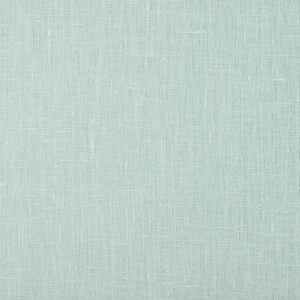
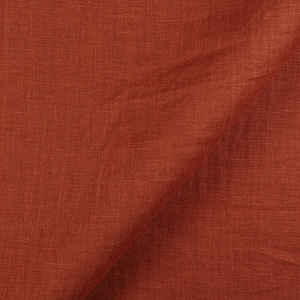
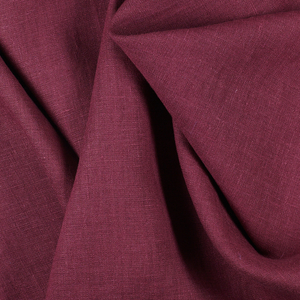
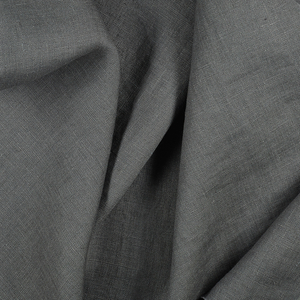
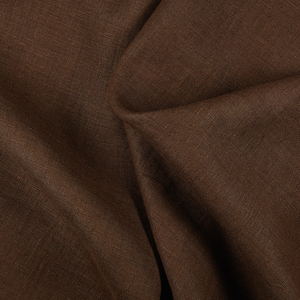

















One Comment
fkawau
I have been surfing online more than 3 hours today, yet I never found any interesting article like yours Political Dissent, Puritans, and the Use of Linen » Fabrics-Store.com Chronicle. It’s pretty worth enough for me. In my view, if all web owners and bloggers made good content as you did, the net will be a lot more useful than ever before.